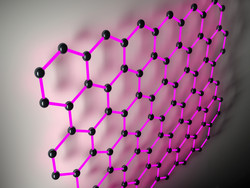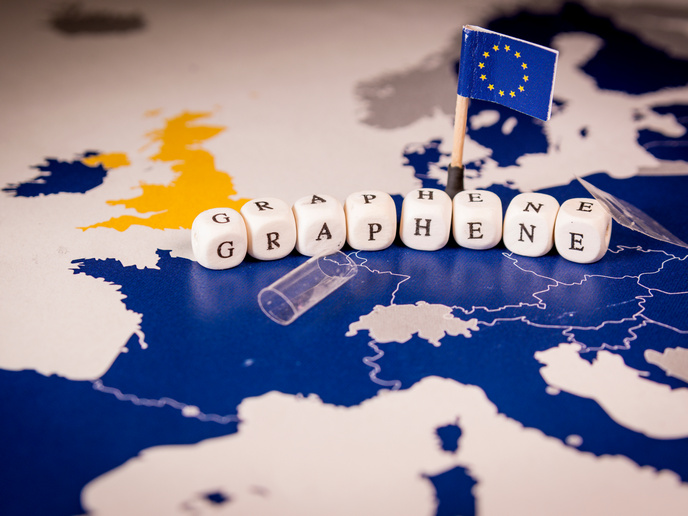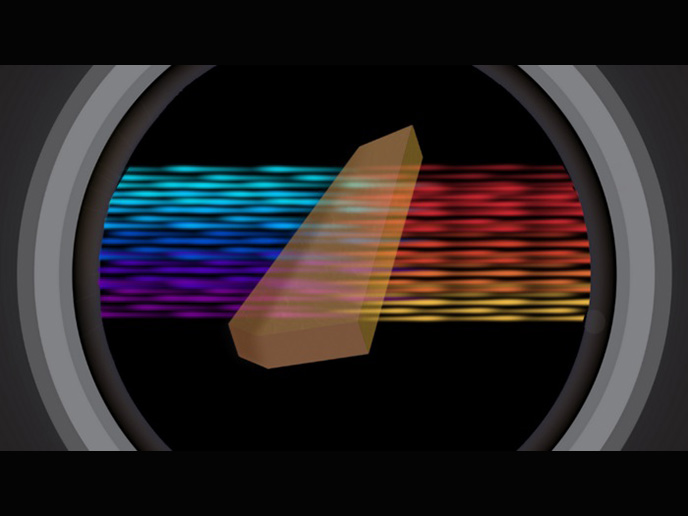Metals on graphene
Graphene is unique as it has long spin transport length and high carrier mobility. In devices based on the transport of electrical charge or spin, graphene-metal interfaces are utilised as contact for charge or spin injections. The electronic and magnetic properties of such interfaces determine the injection efficiency. This was one of the main motivations for the EU-funded project ELECTROMAGRAPHENE (Probing the influence of the graphene-metal interaction on the electronic and magnetic properties of nearly free standing graphene). Project scientists studied a variety of graphene-metal interfaces and intercalation of metals in between graphene and substrates. Several factors were found to influence the electronic and magnetic properties of the graphene-metal interface. Using scanning tunnelling microscopy, the positioning of oxygen chemisorbed on iridium was compared to the structure formed by intercalation in between graphene and iridium. When the graphene layer was on top, the scientists identified the highest symmetry observed to date in a graphene - oxygen - iridium interface. On the other hand, the rare earth metal europium intercalates at elevated temperatures underneath graphene on iridium. Low energy electron microscopy and photoemission electron microscopy revealed that penetration took place through nanoscale cracks. The intercalated material formed complex patterns of islands and stripes. Samples with europium intercalated graphene on nickel were also investigated by X-ray magnetic circular dichroism. The presence of the graphene layer seemed to protect the europium layer against oxidation, leaving the magnetic properties of the rare earth metal / nickel thin film / iridium substrate system intact. Intercalated metals usually enhance the magnetic coupling between a ferromagnetic substrate and graphene, opening the way for the exploitation of graphene as a spin filter. However, the passivating, protecting function of graphene may also be used in spintronic systems. With the bottom-up and top-down approach adopted, they were able to engineer graphene nanostructures that are stable for temperatures as high as 600 degrees Kelvin. Their work opened the way to cluster manipulations that can be controlled to form arbitrary patterns. The important results of the microscopic analysis of crystallographic and electric properties of graphene-metal interaction have been described in detail in five papers published in or submitted to high-impact peer-reviewed journals.







